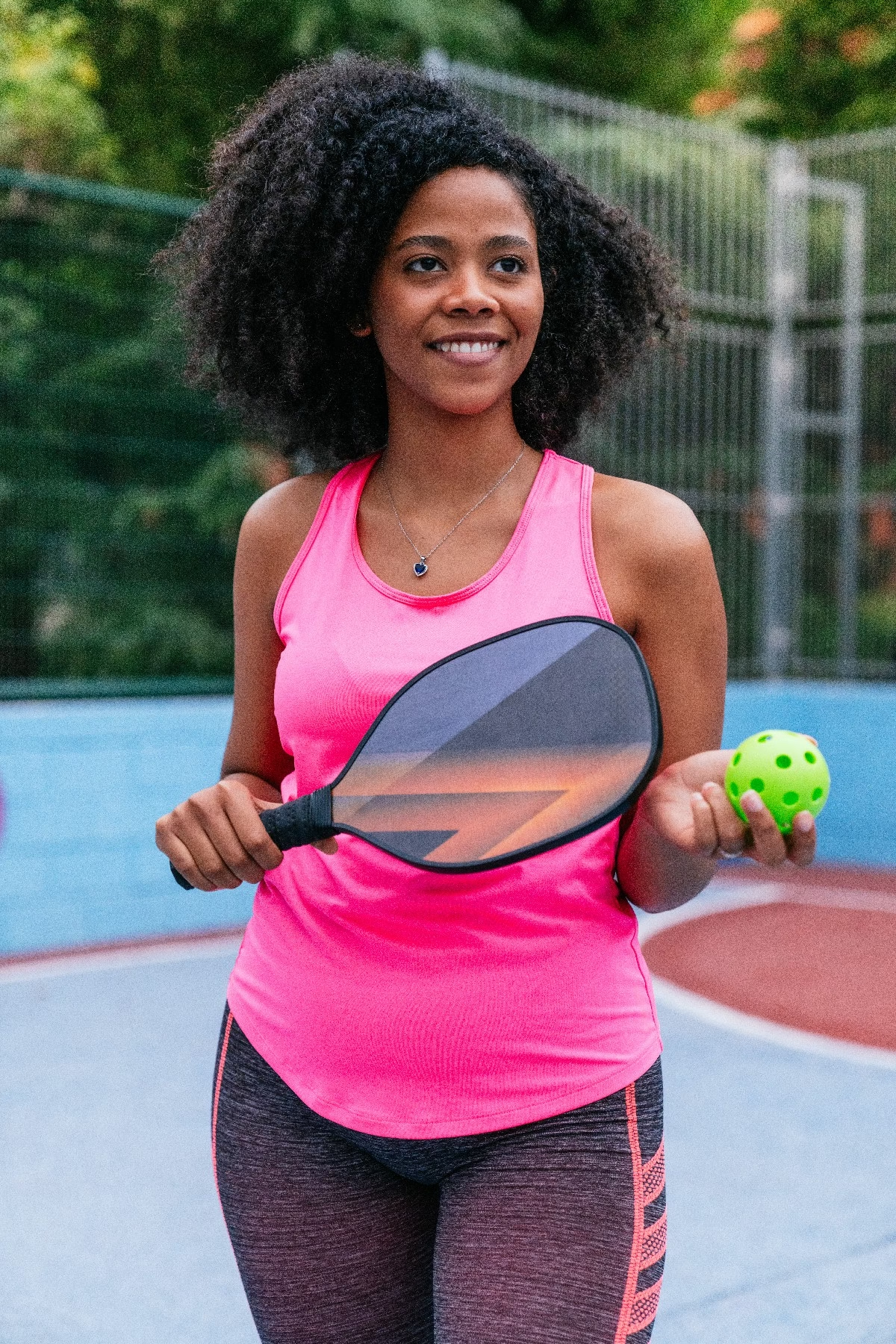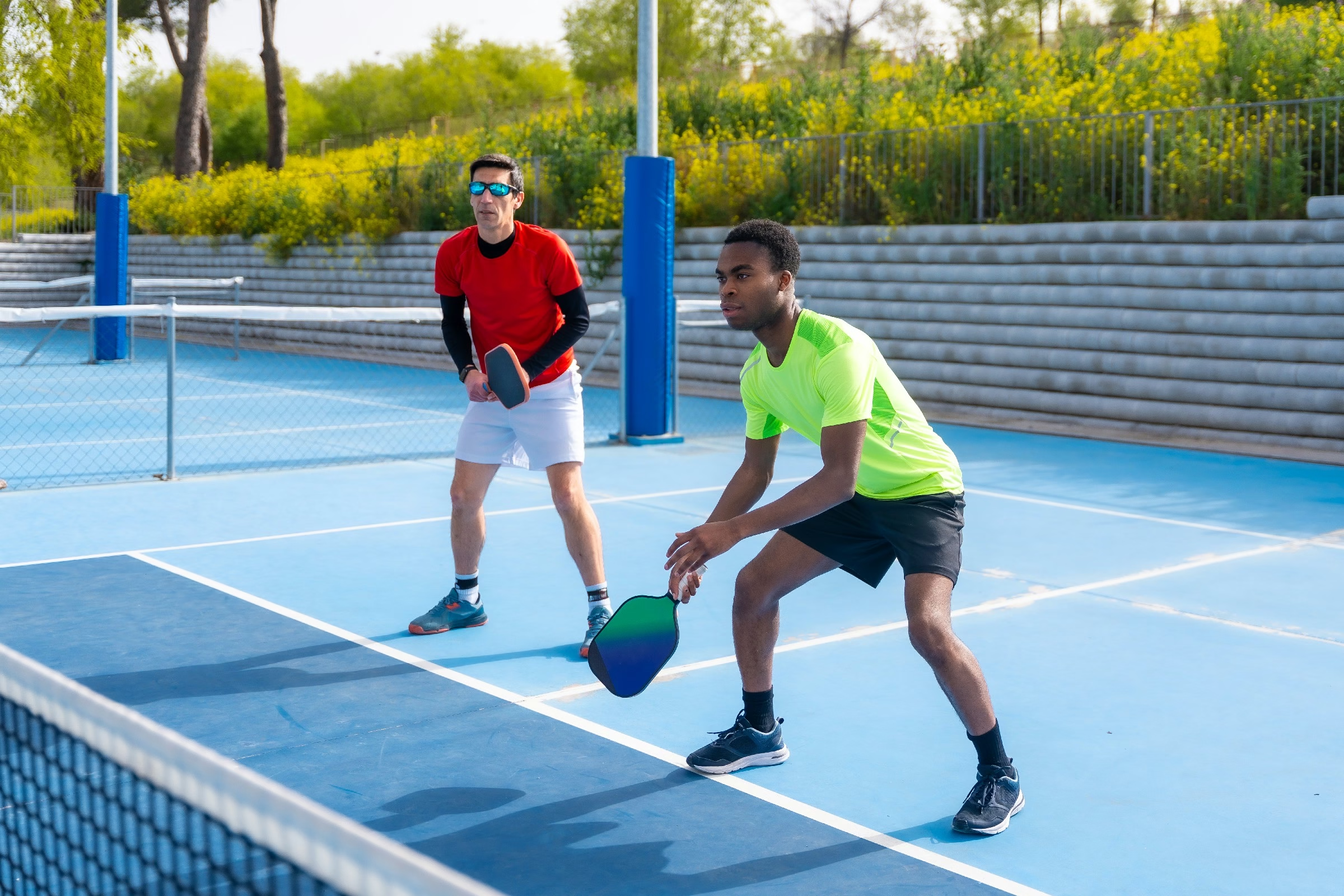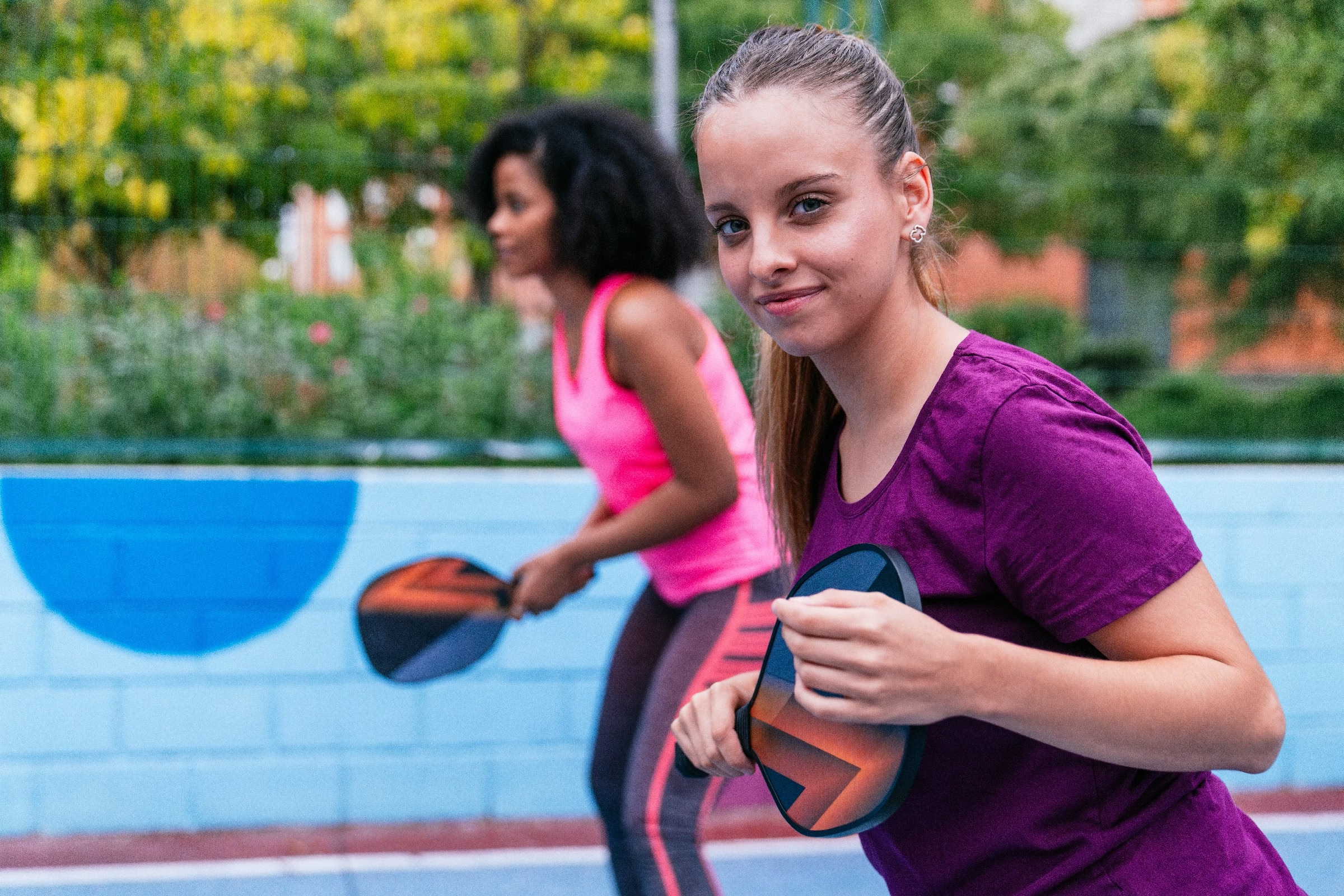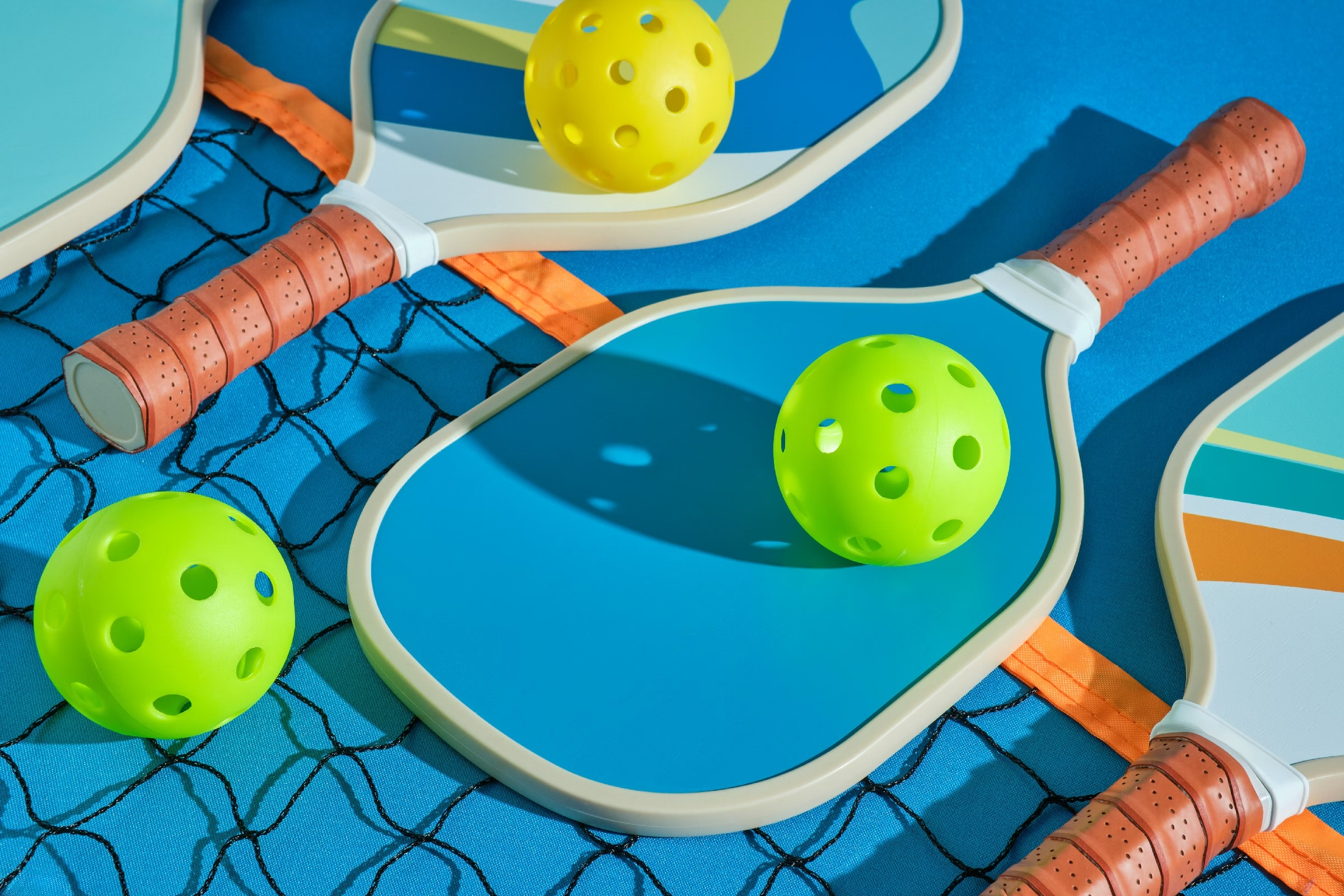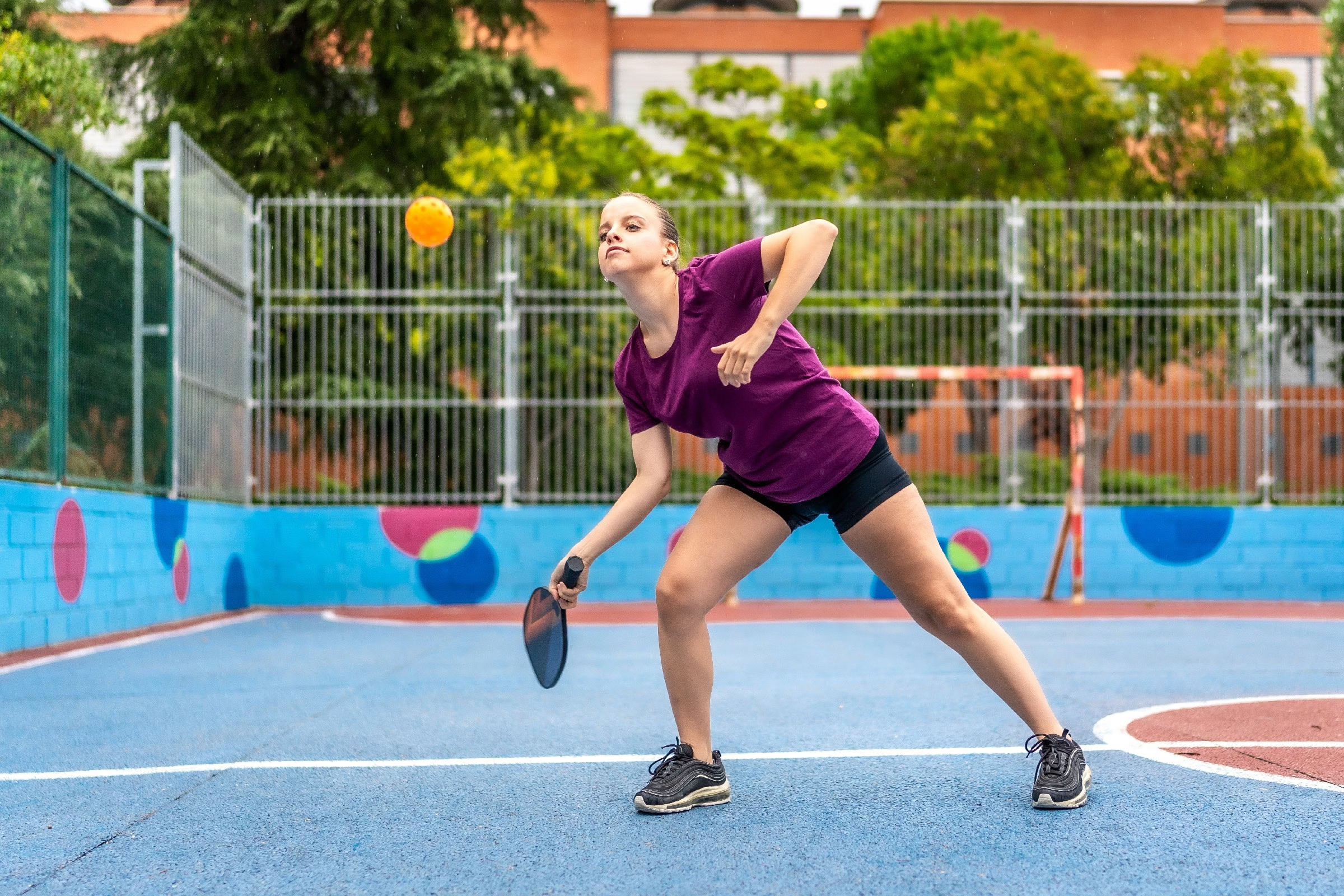Blog
how to make a pickleball

How to Make a Pickleball: Crafting Your Own Court Companion
In the realm of sports, few games have surged in popularity as rapidly as pickleball, a delightful blend of tennis, badminton, and table tennis.This engaging pastime has captured the hearts of players across generations, attracting enthusiasts with its unique charm and social spirit. But what if you could take your love for the game a step further by crafting your very own pickleball? In this article,we’ll delve into the art of making a pickleball,exploring the materials and techniques required to produce this essential piece of equipment. Weather you’re a seasoned player looking to personalize your gear or a curious beginner eager to understand the game’s intricacies, join us as we uncover the simple yet fascinating process behind this iconic ball. Get ready to serve up a new experience that combines creativity and sportsmanship!
Table of Contents
- Understanding the Essential Ingredients for Pickleball Creation
- Choosing the Right Equipment for Crafting Your Pickleball
- Mastering the Techniques of Ball Formation
- Achieving the Perfect weight and Bounce for Your Pickleball
- personalizing Your Pickleball: Designs and Customizations
- Tips for Testing and Perfecting Your Homemade Pickleball
- Q&A
- In Conclusion
Understanding the Essential Ingredients for Pickleball Creation
Creating a pickleball involves a careful blend of materials that come together to form a bouncing and durable ball suitable for both recreational and competitive play. The primary ingredient is polymer plastic, which is not only lightweight but also designed to endure the rigors of a dynamic game. This material contributes to the ball’s resilience and helps maintain its shape after repeated impacts. Additionally, the specific formulation of the plastic can influence the ball’s performance, including its speed and bounce on various surfaces.
Another crucial aspect lies in the design of the ball itself. A conventional pickleball features a mix of holes strategically placed to optimize aerodynamics. Typically,there are around 26 circular holes on the surface, which helps control how the ball travels through the air. This perforation design is essential for ensuring consistency in gameplay, making the ball predictable in both wind and still conditions. The size and arrangement of these holes are tested and refined to create the ultimate balance between control and power.
the manufacturing process of the pickleball should not be overlooked.Advanced techniques like injection molding are frequently enough utilized to shape the ball accurately and ensure uniform thickness.This process impacts the ball’s durability and performance,influencing everything from the feel of the ball during play to its lifespan.Below is a swift overview of the key elements involved in the creation of a pickleball:
| Ingredient | Importance |
|---|---|
| Polymer Plastic | Lightweight and durable, maintains shape |
| Hole Design | Affects aerodynamics and play consistency |
| Injection Molding | Ensures precise shape and thickness |
Choosing the Right Equipment for Crafting Your Pickleball
When embarking on the delightful journey of crafting your own pickleball, the choice of equipment plays a crucial role in achieving the desired results. A few essential items will make the process smoother and more enjoyable. Among them,a sharp utility knife for precise cutting of materials,measuring tape to ensure accuracy,and sandpaper for smoothing edges are key. Here’s a quick list of must-haves:
- Utility Knife
- Measuring Tape
- Sandpaper
- Drill with Bits
- Plastic Ball Material
In addition to the basic tools, consider investing in specialized equipment that can elevate the quality of your homemade pickleball. For instance, a hot glue gun helps in securing parts together efficiently, while a workbench provides a sturdy workspace for assembly. Having the right tools can significantly reduce frustration and increase precision during the crafting process:
| Equipment | Purpose |
|---|---|
| Hot glue Gun | Secures materials |
| Workbench | Sturdy assembly area |
| Paint or Graphics | Customize your pickleball |
don’t overlook the fun aspect of crafting your pickleball! Gather some decorative materials to personalize your creation. Whether it’s colorful tape for grip or stickers for a unique flair, the aesthetics of your ball can add to its charm. Consider the following personalizing options that can enhance both functionality and appearance:
- Colorful Tape – For improving grip and style.
- Stickers – To showcase your personality.
- Paint – Customize the ball surface creatively.
Mastering the Techniques of Ball Formation
creating a pickleball involves a careful process of material selection and precise shaping to ensure optimal performance.The first step is acquiring the right materials. High-quality plastic is essential for the outer shell, while a solid, yet lightweight core provides the durability and bounce needed for the game. Look for materials that are resistant to wear and tear, ensuring the longevity of your pickleball.
Once you have your materials, the next essential technique is the formation of the ball’s core. This core is the heart of the pickleball, and it must be formed accurately to maintain its shape during use. Heat and pressure can be used to mold the plastic into the desired spherical form. Following this, the surface of the ball should be textured to enhance its grip and control on the court, helping players to manipulate shots with precision.
Lastly, the process of adding the exterior layer should not be overlooked. This layer not only enhances the ball’s aesthetics but also its flight characteristics. To achieve the perfect balance between weight and drag, the surface should be engineered with specific patterns, frequently enough in form of small holes or dimples.Here’s a brief table summarizing the key features of a high-performance pickleball:
| Feature | Description |
|---|---|
| Material | High-quality plastic |
| core Structure | solid and lightweight |
| Surface Texture | Textured for grip |
| Exterior design | engineered with patterns |
Achieving the Perfect Weight and Bounce for Your Pickleball
Creating a pickleball that offers the ideal weight and bounce involves a careful selection of materials and design elements. Firstly, the core of the ball plays a crucial role in determining how it performs during gameplay. The core is typically made from lightweight, high-density foam or polymer, which contributes to the ball’s bounce. To ensure consistency, manufacturers frequently enough conduct rigorous testing to find the right balance of weight, resulting in a ball that feels just right in players’ hands.
When considering the outer shell, it’s important to opt for durable, high-quality plastic. The choice of material affects not only the ball’s longevity but also its responsiveness on impact. Factors such as thickness and surface texture can enhance the playing experience. A well-designed ball will have a smooth surface to reduce drag and improve aerodynamics, which allows it to cut through the air effectively. here are a few key considerations for the outer shell:
- Thickness: Ensures durability while maintaining the right weight.
- Texture: Affects grip and control during play.
- Color: Enhances visibility in different playing environments.
the balance between weight and bounce is often fine-tuned through the manufacturing process. A pickleball that is too light may result in a high bounce that can disrupt gameplay, while one that is too heavy can be arduous to control. Manufacturers frequently enough use the following guidelines to achieve the perfect synergy:
| Weight Range | Bounce Height |
|---|---|
| 0.8 – 1.0 oz | High (30+ inches) |
| 1.0 – 1.2 oz | Medium (20-30 inches) |
| 1.2 – 1.5 oz | Low (Under 20 inches) |
By keeping all these factors in mind during the ball-making process, you can achieve the perfect weight and bounce that elevate the game’s enjoyment and performance. The right combination enhances playability, enabling players to enjoy every match to its fullest potential.
Personalizing Your Pickleball: Designs and Customizations
Pickleball is not just a sport; it’s a canvas for self-expression.when designing your own pickleball, consider the myriad of colors and patterns that can reflect your personality. From vibrant neon hues to subtle earth tones, the choice of colors can evoke different emotions on the court. You might want to choose a color scheme that not only stands out but also complements your playing style. Experiment with various patterns, like stripes or polka dots, to make your paddle truly unique.
Additionally, personalization extends beyond mere aesthetics. You can customize your paddle with initials, phrases, or even images that hold special meaning to you. Many manufacturers offer the option to engrave or print these elements right on the paddle’s surface, creating a distinctive accessory for your game.Think about incorporating personal elements that inspire you, whether they be motivational quotes or logos of your favorite teams; they can add a deeper layer of connection to your play.
Lastly, consider functionality in your customizations. Different handle grips can significantly affect comfort during extended play. You can opt for a grip that suits your hand size or choose materials that enhance your control and responsiveness. Below is a table highlighting popular grip options and their benefits:
| Grip Type | Benefits |
|---|---|
| Gel Grip | Reduced vibration; greater comfort |
| Textured grip | Enhanced control; slip resistance |
| air Cushion Grip | Lightweight; less hand fatigue |
Tips for Testing and Perfecting Your Homemade Pickleball
When it comes to perfecting your homemade pickleball, the testing phase is crucial. To ensure optimal performance, start by using a consistent testing method.Gather a group of friends or fellow players who can provide diverse feedback. Set up a series of test matches and observe how the ball behaves during different styles of play. Pay attention to elements like bounce, weight, and durability. Adjusting the construction materials can vastly influence these characteristics, so take detailed notes throughout the testing sessions.
Next,consider conducting controlled bounce tests.Create a simple testing rig with a marked height and a stopwatch to time how long the ball stays in play. Document the results to compare different versions of your pickleballs. Use a table to track variations in size, weight, and material. Here’s a simple template you can follow:
| Version | weight (grams) | Material | Average Bounce (cm) |
|---|---|---|---|
| Prototype 1 | 22 | Plastic | 75 |
| Prototype 2 | 24 | Composite | 80 |
| Prototype 3 | 21 | Premium Plastic | 82 |
Lastly, don’t underestimate the importance of personal preference in your pickleball design. After gathering feedback, invite testers to rank their favorite versions based on playability and comfort. Create a simple survey where players can share their insights regarding the feel and control of each prototype. This step not only helps you finalize a design that caters to players’ preferences but also encourages community involvement in your pickleball creation journey.
Q&A
Q&A: How to Make a Pickleball
Q: What is a pickleball, and what materials do I need to make one?
A: A pickleball is a lightweight plastic ball with holes, specifically designed for the sport of pickleball. To make your own pickleball, you’ll need a plastic ball (think a wiffle ball), a drill or sharp knife, and optionally, a sandpaper for smoothing any sharp edges.
Q: Is there a specific type of plastic ball I should use?
A: Ideally, you should use a ball that is similar in size and structure to a standard pickleball. A traditional wiffle ball works best due to its lightweight and durable nature.
Q: What’s the first step in creating my pickleball?
A: Begin by selecting your plastic ball. Make sure it’s clean and free from any dirt or debris. Once you have your wiffle ball, you’re ready for modification!
Q: How do I create the holes in the ball?
A: Using a drill with a small bit, carefully create holes to mimic those found in official pickleballs. If you lack a drill, you can also use a sharp knife to puncture the ball. Just be cautious to avoid injury and ensure the holes are evenly spaced to allow for proper airflow and balance.
Q: Should I be worried about the size and weight of my DIY pickleball?
A: Yes! The ideal pickleball should weigh between 0.8 to 0.9 ounces and have a diameter of about 2.9 inches. Make sure your ball adheres to these dimensions for a better playing experience.
Q: How can I improve my homemade pickleball further?
A: Once you’ve created your holes, you might want to sand down any rough edges to keep the ball from snagging or causing injury. Optionally, you could paint it in bright colors, but remember that excessive paint may add weight or alter its performance.
Q: Can I use this DIY pickleball for actual games?
A: While your homemade pickleball can work for casual play, remember that it might not perform as well as an official one, particularly in terms of bounce and flight. If you’re serious about your pickleball game, consider investing in a proper set.
Q: Is making a pickleball a fun activity?
A: Absolutely! Making your own pickleball can be a fun DIY project, perfect for gatherings or teaching kids the fundamentals of crafting. Plus, it’s a great way to understand the sport better before hitting the courts.
Q: why should someone try making a pickleball?
A: Crafting your own pickleball is not just an educational experience; it offers a unique insight into the sport itself. Whether you’re looking for a fun activity, a budget-friendly alternative, or just a way to engage with the game creatively, making a pickleball can add a personal touch to your pickleball journey!
to sum up
As we wrap up our journey into the art of making a pickleball, it’s clear that this seemingly simple task opens the door to a world of sport, creativity, and community connection. Whether you’re crafting a ball for a game day or experimenting with different materials and designs, the process allows for both personal expression and practical learning.
Now that you’ve armed yourself with the knowledge and techniques to create your own pickleball, we encourage you to gather your friends, head to the nearest court, and put your creation to the test. Remember,every pickleball you make can become a catalyst for joy,competition,and camaraderie. So,take a moment to revel in your newfound skills,and let the thrill of the game inspire you to keep playing and creating. Happy crafting—and may your next match be filled with memorable rallies and well-placed serves!




